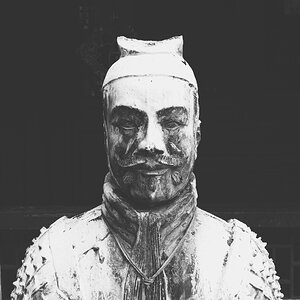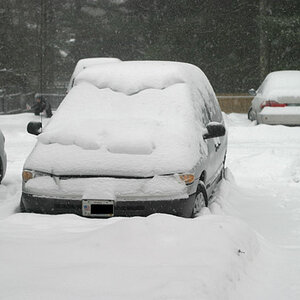Senor Hound
TPF Noob!
- Joined
- Apr 23, 2008
- Messages
- 1,425
- Reaction score
- 0
- Location
- La la land...
- Can others edit my Photos
- Photos OK to edit
Okay, so I was messing around with a depth-of-field calculator which I have linked here:
http://www.dofmaster.com/dofjs.html
It says that a digital camera with a 1.5 or 1.6 sensor will have less of a depth of field at any given aperture and focal length than the film camera (i.e. 50mm at f/1.8). I told someone else here this, and they disagreed with me, and said the same lens should have the same depth of field no matter what the camera is, cause they have the same lens and aperture, so there shouldn't be any possible way for it to have a different depth of field.
I thought it was because a digital sensor might be less capable of reproducing depth of field, but I found out this isn't the reason. So now I think its because the lens has to enlarge the image more than film does, so the tolerance for what looks in focus is higher (circle of confusion). Therefore, depth of field decreases. And if this is true, that means that when you blow up a photo, your depth of field actually decreases the larger you make it, until you get to a point where you have no focused depth of field and the whole image looks blurry.
Can someone figure this out for me? I've looked on three websites with depth of field calculators and they all tell me the same thing. And I'm not the best at science, so I'm in the dark.
Can anyone who has a PhD in optics help me out?
Edit: BTW, I found this:
http://en.wikipedia.org/wiki/Depth_of_field#DOF_vs._format_size
It tells me what I thought was true, but it doesn't tell me why that's the case. And it is open source, so maybe its wrong too...
http://www.dofmaster.com/dofjs.html
It says that a digital camera with a 1.5 or 1.6 sensor will have less of a depth of field at any given aperture and focal length than the film camera (i.e. 50mm at f/1.8). I told someone else here this, and they disagreed with me, and said the same lens should have the same depth of field no matter what the camera is, cause they have the same lens and aperture, so there shouldn't be any possible way for it to have a different depth of field.
I thought it was because a digital sensor might be less capable of reproducing depth of field, but I found out this isn't the reason. So now I think its because the lens has to enlarge the image more than film does, so the tolerance for what looks in focus is higher (circle of confusion). Therefore, depth of field decreases. And if this is true, that means that when you blow up a photo, your depth of field actually decreases the larger you make it, until you get to a point where you have no focused depth of field and the whole image looks blurry.
Can someone figure this out for me? I've looked on three websites with depth of field calculators and they all tell me the same thing. And I'm not the best at science, so I'm in the dark.
Can anyone who has a PhD in optics help me out?
Edit: BTW, I found this:
http://en.wikipedia.org/wiki/Depth_of_field#DOF_vs._format_size
It tells me what I thought was true, but it doesn't tell me why that's the case. And it is open source, so maybe its wrong too...


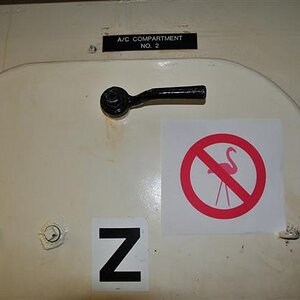
![[No title]](/data/xfmg/thumbnail/41/41931-485b5f9a9f3736e9ed9d96ecdf639921.jpg?1619739946)
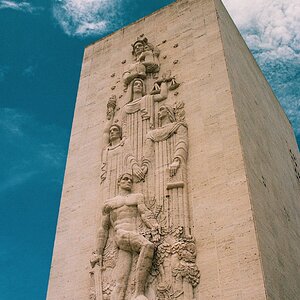
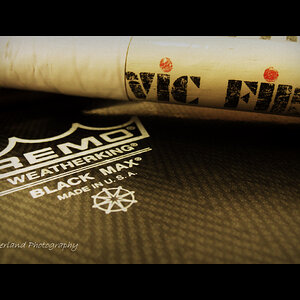
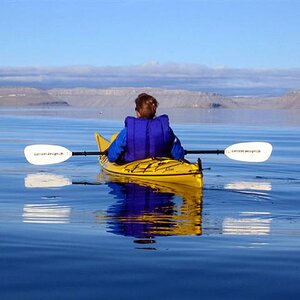
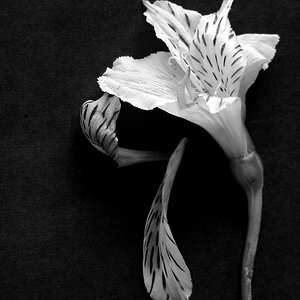
![[No title]](/data/xfmg/thumbnail/32/32631-60d0db057ee085953a0921e337396654.jpg?1619735552)


